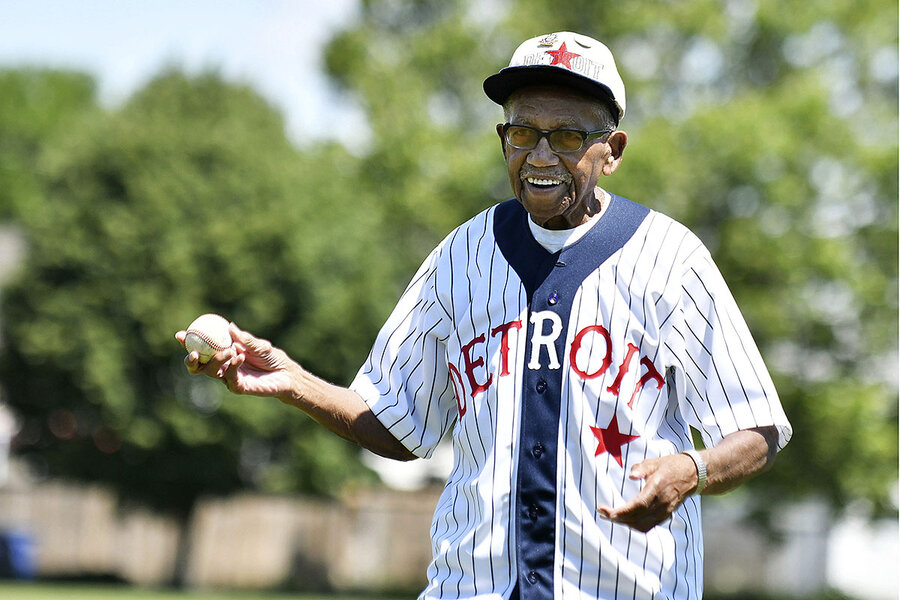Beyond Jackie Robinson: The unsung heroes of the Negro Leagues
Loading...
Jackie Robinson may have been the first Black player to smash the color barrier and play for the major leagues, but his is not the only story in the era of baseball’s desegregation. The second, less frequently discussed Black player to be invited into the majors, Larry Doby, joined the Cleveland Indians mere months after Robinson historically signed with the Dodgers in 1947. With Doby’s help, the Ohio team would go on to win the World Series the next year. Journalist Luke Epplin tells the thrilling story of the Indians’ 1948 World Series win in “Our Team: The Epic Story of Four Men and the World Series That Changed Baseball.”
Doby, important as he was to the Indians’ win, is only one of four essential figures in this story. The other three are the eccentric and hardworking owner of the Indians, Bill Veeck; All-Star pitcher Bob Feller; and legendary pitcher for the Negro Leagues Leroy “Satchel” Paige.
The majority of the book builds up to the historic win, with discussion of Veeck’s dedication to jazzing up the baseball-viewing experience, Feller’s extracurricular mogul ambitions, Doby’s feelings of isolation as the only Black player on an otherwise white team, and Paige’s disappointment that his talent didn’t seem to be enough to overcome the racial stereotypes of the day and earn him a place in the majors during his prime.
Why We Wrote This
A history of baseball in the United States would be incomplete without telling the stories of Black players, who worked hard to make the jump from the Negro Leagues to the majors in the mid-20th century, and the difficulties they faced.
Masterfully written and edge-of-your-seat good, “Our Team” is perfect for die-hard baseball fans and casual readers alike.
Though the breakdown of the color barrier in Major League Baseball was necessary and inevitable, it came at a cost to the Negro Leagues, which until then had been vibrant showcases of Black excellence. In the mid- to late-1940s, when some of the best Black players left for the majors, their fans went with them, causing attendance at Negro League games to shrivel. Players who didn’t get tapped for the majors saw their careers sidelined.
It was those former Negro League players who deeply fascinated a young Cam Perron after he first learned about them through baseball cards. In his book, “Comeback Season: My Unlikely Story of Friendship With the Greatest Living Negro League Baseball Players,” the Tulane graduate chronicles his transition from a precocious young baseball fan to a friend and advocate of scores of former professional Negro League players.
Perron was in middle school when he first contacted these players seeking autographs, but as he began speaking with them regularly, friendships developed, and the players told him their remarkable stories of glories and hardships. Perron realized that the stories were part of an endangered piece of American history, and so he made it his mission to contact every former Negro League player still living and get their stories firsthand.
Over the years, Black sportswriters and others have sought recognition for the Negro Leagues. In this book, Perron, who is white, demonstrates a passion for this history and a respect for the players. He even assisted in securing pensions for eligible players, digging up proof that a former player had played the requisite four years in order to earn a pension from MLB. A few of them have space in the book to tell their own stories, which makes for meaningful reading. A simultaneously heartbreaking and heartwarming tale, “Comeback Season” gives the spotlight to these talented players whose contributions have long gone unsung.









